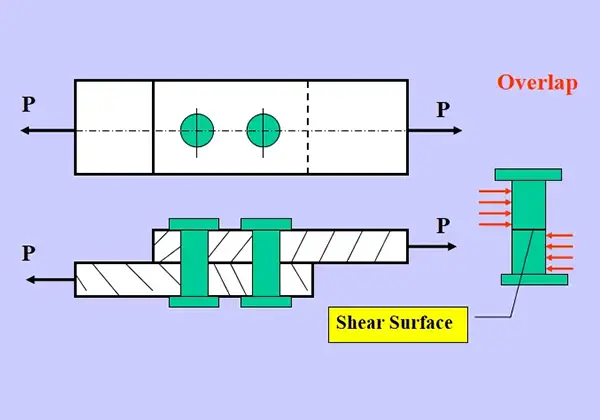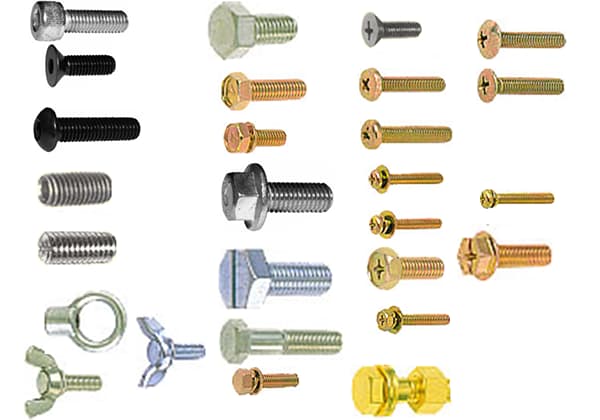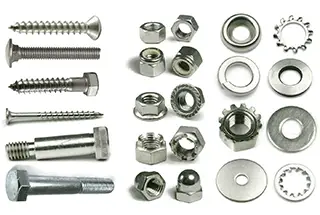
How often do we overlook the crucial detail of rivet length when ensuring the structural integrity of a project? Calculating the precise rivet length is essential for any mechanical design, yet it’s a common source of errors. This article breaks down the formula and factors affecting rivet length, offering practical insights to avoid common pitfalls. Learn how to achieve perfect rivet installation, ensuring your projects are both safe and durable. Dive in to master the fundamentals and apply them effectively in your work.

There are several formulas to calculate the length of rivets in mechanical design manuals, but generally the following formula is used:
L=1.12×δ+1.4×d
Where d is the diameter of the rivet and δ is the thickness of the joint.

However, in actual riveting processes, it has been found that the length calculated using this formula is too long due to two reasons:
1. Determined by the riveting equipment. The manual riveting tools use hydraulic power, which makes the riveting process relatively slow (while foreign riveting processes are said to be fast). In addition, the composite plate is relatively soft, so it is easy to produce skew.
2. According to the rules of the mechanical design manual, if the diameter of the rivet is 6.3, the drilling diameter should be 6.7. However, the company’s riveting equipment cannot complete such riveting, and a hole of 6.3 must be used.
Therefore, the formula for calculating the length of rivets should be:
L=δ+1.4×d
A. Full length of semi-tubular rivet rod with hemispherical head = 1.65~1.7d + L + 10% of total plate thickness.
B. Full length of semi-sunk rivet rod with hemispherical head = 1.1d + L + 10% of total plate thickness.
C. Full length of sunk rivet rod with hemispherical head = 0.8d + L + 10% of total plate thickness.
where d is the diameter of the rivet and L is the total thickness of the plate. Both d and L are in millimeters.





